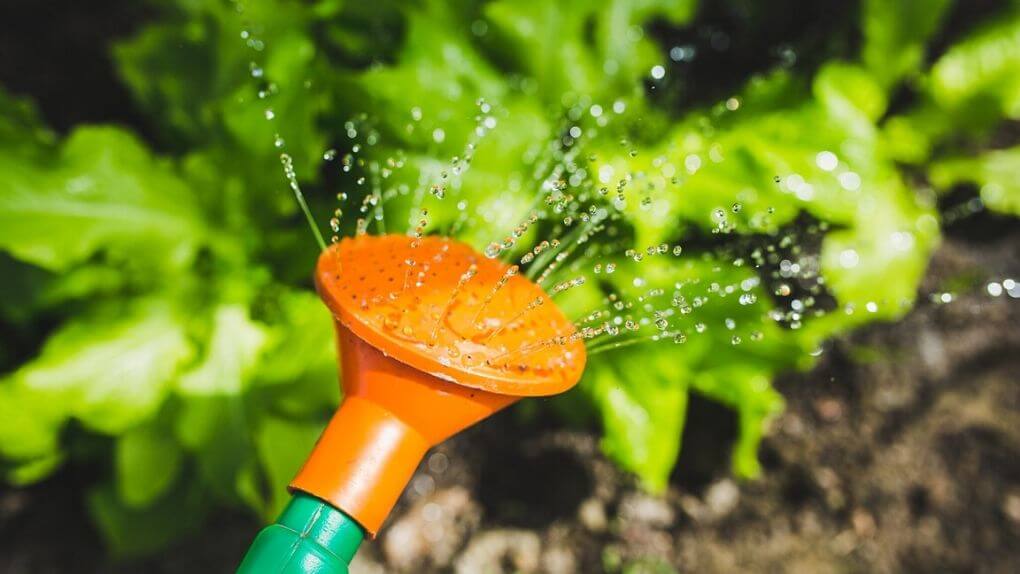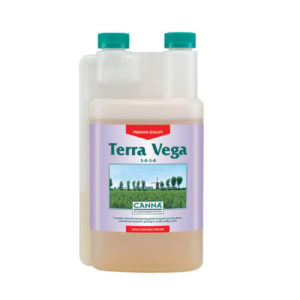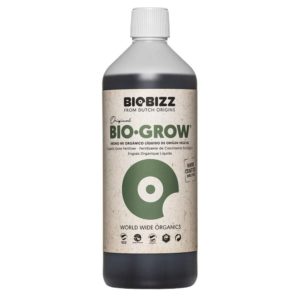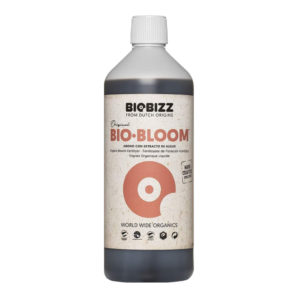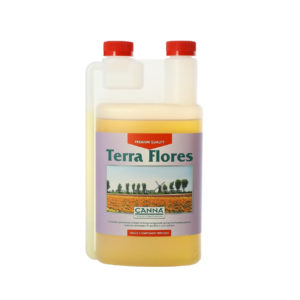NPK is crucial for plants’ health!
But what does NPK stand for? Why are certain macroelements more essential than others for the health of plants? What are the types of NPK fertilisers and what is the ideal NPK ratio for the veg and blooming stage of fruits, flowers and veggies?
Get ready to discover all of this and MORE in an easy to assimilate way.
In this article, we combined the knowledge of our team of plant enthusiasts and gardening experts to give you the ins and outs of NPK and crop nutrition.
Don’t worry! We value your time, and we have kept it concise. So spend a few minutes to read it today to become a more confident grower tomorrow.
Welcome to the Ultimate Guide To NPK!
What Do Plants Need To Grow?
Before we dig deeper into NPK, let’s take a minute to remember the basics of plant nutritional needs.
We have talked a lot about the macro and microelements essential to the health of plants. Do you remember them all?
Here is a trick you might have seen in textbooks back in the day. 😉
C Hopkins Cafe Managed By Mine Cousin Clyde Mo
Don’t get it? Take a look below to decipher the mnemonic and remember the list of primary macro and microelements plants need.
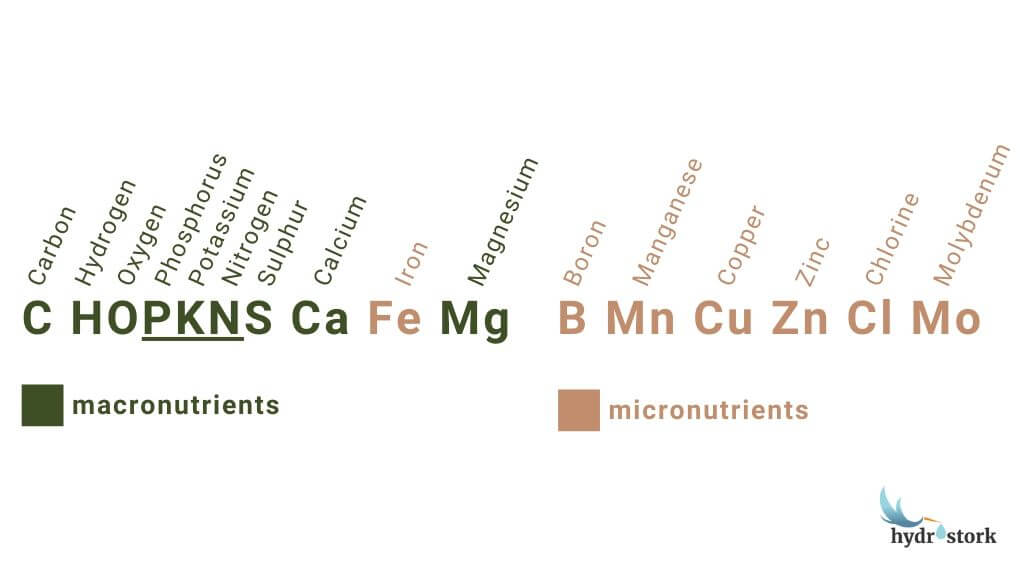
Pretty cool, right?
Macro, Micro & Beneficial Nutrients
These elements are divided into macronutrients and micronutrients according to their relative concentrations in plant tissue. Macronutrients are required in greater concentration than micronutrients.
Besides Carbon (C), Hydrogen (H) and Oxygen (O), which the plant takes in from carbon dioxide (CO2), water and oxygen gas, all other essential elements are minerals that come from the soil.
Another category of elements taken up by plants is beneficial nutrients. They are either required or enhance the growth of a particular plant. For example, many plants do not require Sodium (Na), but it enhances the growth of sugar beets. And Silicon (Si) is a mineral required by horsetails.
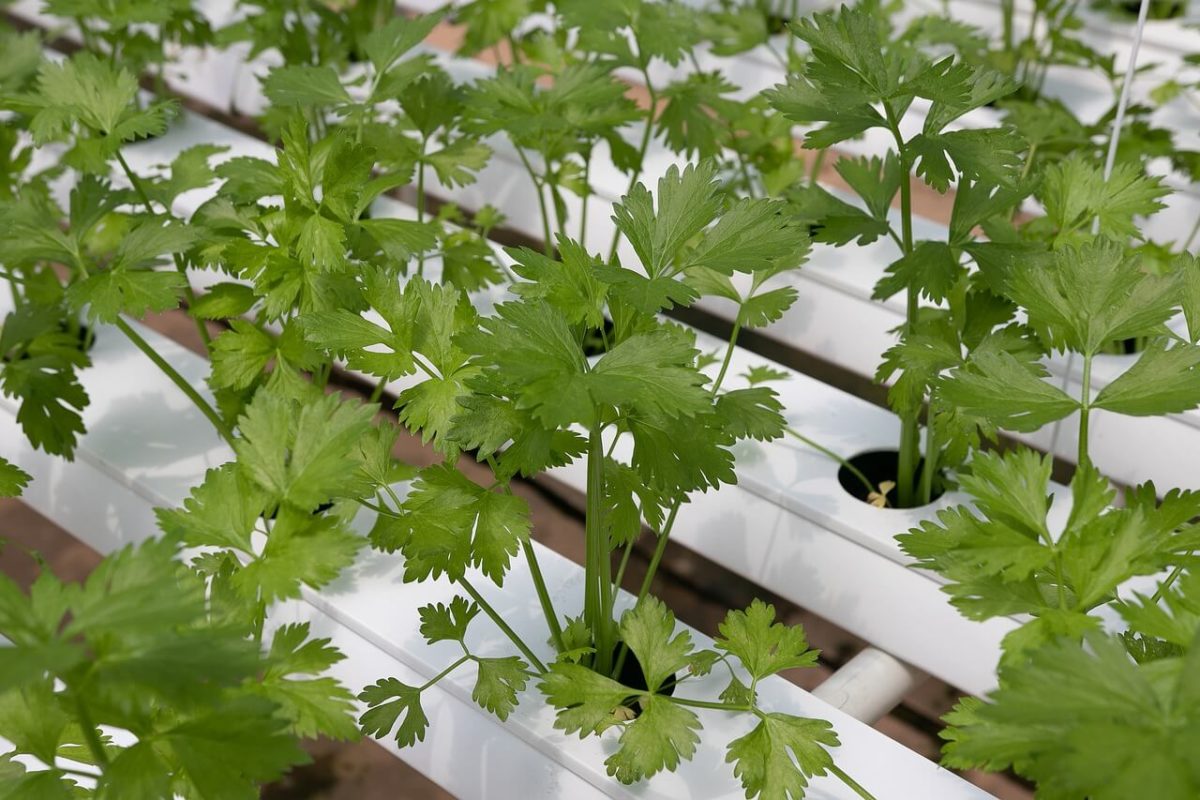
? Interesting fact!
At the end of the 19th century, German plant physiologists developed water culture, mostly known as hydroponics, as a method to determine the mineral requirements of a plant. Scientists omit a particular mineral and observe how it affects plant growth. If growth suffers, the omitted mineral can be considered an essential nutrient.
Now let’s get back on track. As you noticed, we underlined the PKN in Hopkins for a reason because NPK is the star of today’s article.
Role Of NPK In Plant Growth
NPK stands for nitrogen (N), phosphorus (P) and potassium (K). Plants need these essential macroelements in different amounts throughout the full growth cycle.
Here are some of the most critical roles of nitrogen, phosphorus and potassium in plants’ growth and health.
Nitrogen (N):
- Promotes the vegetative growth of the plant;
- Encourages foliage and stems growth;
- Makes up part of the chlorophyll in plants which takes light energy and transforms it into sugar for the plants;
- Necessary for protein production.
Phosphorus (P):
- Essential for the formation of flowers and fruits;
- Promotes plants breathing;
- Promotes the formation of roots;
- Aids the division of cells;
- Aids the growth of new tissue;
- And helps energy transmission in plants;
- Maintains a healthy root system.
Potassium (K):
- Helps plants develop strong stems;
- Helps move nutrients and water around in plants;
- Controls the stomata that plants use to absorb carbon dioxide, hydrogen and oxygen from the air;
- Is responsible for the firmness of cell walls.

? Interesting fact!
Along with hydrogen and oxygen, nitrogen is one of the elements that make up most of the weight of living organisms. Although air contains about 78% nitrogen (N2), plants cannot make use of it. Plants rely on the work of bacteria in the soil to fix atmospheric nitrogen into usable forms.
What Is An NPK Fertiliser?
Without a doubt, you have seen three numbers on the outside of your fertiliser bag or bottle, for example, 4-3-6. These three symbols are the NPK values of your fertiliser.
As we already mentioned, NPK stands for nitrogen (N), phosphorus (P) and potassium (K). And these three numbers indicate the amounts of essential macroelements in the fertiliser.

In this specific example (NPK 4-3-6) it means that the fertiliser bottle (Biobizz Bio-Grow) contains 4% nitrogen, 3% phosphorus and 6% potassium. The other 87% of the bottle is composed of other minor nutrients or fillers.
Note: Some countries require fertiliser manufacturers to write the directly available NPK on the bottle using mass/mass (milligrams/kilograms). Meanwhile, in Europe, the laws require the label to list the total NPK as volume/volume (millilitres/litre).
This is the exact reason why, on US labels, the famous CANNA PK 13/14 has an NPK ratio of 0-10-11. Whereas on European labels the ratio is obviously written as 0-13-14. So in 1 Liter of PK 13/14, there are 13% or 130 millilitres of phosphorus and 14% or 140 millilitres of potassium.
Complete & Incomplete Fertilisers
Fertilisers that contain NPK (all three major nutrients) are called complete fertilisers.
When one or more major nutrients are missing (one or more of the numbers on the bottle indicates “0”), the fertiliser is called incomplete.
Ideal NPK Ratio
When you are looking for fertilisers to meet a specific need, you can also prefer to compare different fertilisers by ratio, rather than weight. For example, a fertiliser labelled 10-5-5 has a ratio of 2-1-1.
The optimal amount of each macronutrient is dependent on the type of plant and its growing stage. Larger numbers do not signify a better fertiliser.
A general fertiliser with a 1-1-1 ratio (for example 20-20-20 NPK) has equal amounts of each macroelement.
A tomato fertiliser will have more potassium needed for the production of tomato fruits. Cabbage and other green veggies need a feed high in nitrogen since the growth of green foliage is more important than flowering.
How To Choose The Right NPK Fertiliser Type?
Now that you understand the basics of NPK, here are some things you should take into consideration when buying an NPK fertiliser.
If you have the opportunity, test your soil to discover whether it lacks specific nutrients. To add to that, if your soil already has an excess of one of the macronutrients, you could be harming your plants by adding more of it.
All types of plants have different nutrient requirements. It is vital to research the specific plants you are growing to figure out the types of micro and macro elements they need.
And last but not least, all your money, research and efforts will go to waste, if the pH level of your soil or grow medium is way too acidic or alkaline. pH is the concentration of hydrogen ions in the grow media. Low pH values (< 5.5) indicate acidic soils. High pH values (> 8.0) indicate alkaline soils. If your soil pH is too high or too low, your crops will not be able to access some of the nutrients, even if they are present in the soil.
NPK Fertilizers For The Vegetative Stage
At the beginning of your plant’s life cycle, nutrient requirements are minimal, and most gardeners decide to use fertilizers higher in N (Nitrogen). This doesn’t mean that plants need only Nitrogen at the beginning of growth. However, the N levels should be significantly higher than PK (Phosphorus and Potassium) until bloom.
Check these products out if you are looking for NPK fertilisers specifically developed for plants in the growing phase:
NPK Fertilizers For The Flowering Stage
Once plants enter into the flowering stage, the requirements for PK (phosphorus and potassium) is much higher than the need for N (Nitrogen). Scroll back to the beginning of this article to see the “Role Of NPK In Plant Growth” and why the NPK ratio needs to be adjusted in favour of PK.
Check these products out, if you are looking for NPK fertilisers specifically developed for plants in the blooming phase:
If you are looking for more useful growing guides and information, head over to our InfoNEST blog section now.
And subscribe for our email newsletter for more useful guides every month or follow us on Facebook to stay in touch.

